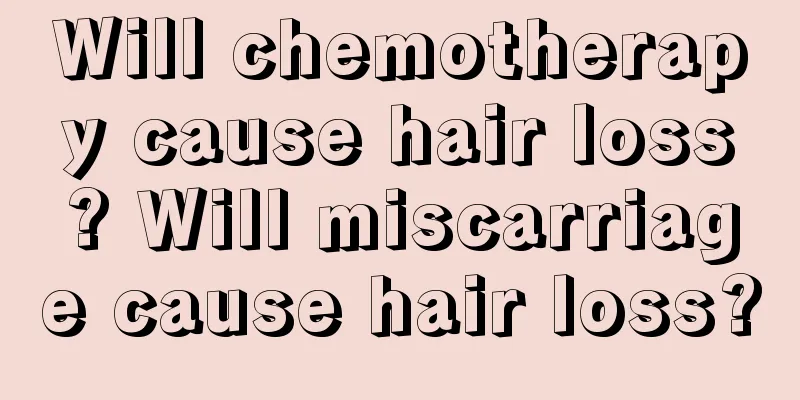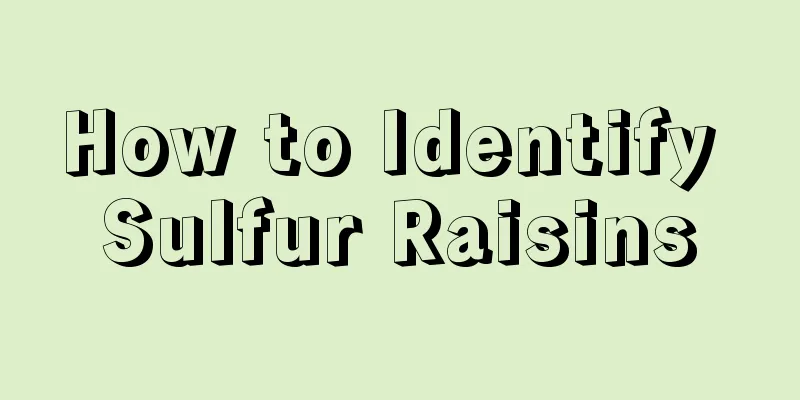What are the differences between attenuated and inactivated Japanese encephalitis?

|
Japanese encephalitis, also known as epidemic encephalitis B, is an infectious disease that occurs in the central nervous system. It is generally caused by a virus and is mainly transmitted from animals to humans. To prevent Japanese encephalitis, you can get either the live attenuated Japanese encephalitis vaccine or the inactivated Japanese encephalitis vaccine. There are some differences between the two vaccines. Here we will introduce to you some of the differences between the attenuated Japanese encephalitis vaccine and the inactivated vaccine! 1. Live attenuated Japanese encephalitis vaccine The live attenuated Japanese encephalitis vaccine is made by inoculating primary hamster kidney cells with the attenuated strain of Japanese encephalitis virus SA14-14-2, culturing and harvesting the virus fluid, and then freeze-drying it with an appropriate amount of gelatin and sucrose protective agents. It is a light yellow loose body, which turns into an orange-red or light pink clear liquid after reconstitution. After vaccination, this vaccine can stimulate the body to produce immunity against Japanese encephalitis virus. Used to prevent Japanese encephalitis. Suitable for healthy children over 8 months old and children and adults entering the epidemic area from non-epidemic areas. 2. Japanese encephalitis inactivated vaccine Japanese encephalitis inactivated vaccine is an orange-red transparent liquid. After vaccination, this vaccine can stimulate the body to produce immunity against Japanese encephalitis virus and is used to prevent epidemic Japanese encephalitis. Suitable for children aged 6 months to 10 years old and children and adults entering the epidemic area from non-epidemic areas. There are generally no adverse reactions after the injection. Some people may experience dizziness and transient fever, which usually do not last more than 2 days and will resolve on their own. Occasionally, scattered rashes may occur, which generally do not require special treatment. Symptomatic treatment can be used if necessary. The injection procedure is as follows: the first and second doses are given at 6 to 12 months of age, with an interval of 7 to 10 days between them. The third and fourth doses are given 6 months after the second dose and at 4 to 10 years of age, respectively. Each injection dose is 0.5 ml. 3. Which is better, attenuated or inactivated Japanese encephalitis? The attenuated vaccine is a live vaccine provided by the state. It has a higher incidence of adverse reactions and only needs to be administered once. Inactivated vaccines are made from dead viruses and are produced for a fee. They have a lower incidence of adverse reactions, but they require two doses to reach the antibody level that can prevent Japanese encephalitis. In comparison, inactivated ones are of course better and have a lower adverse reaction rate. |
<<: What causes bilateral kidney stones?
>>: What should I do if my puppy’s teeth are scratched and bleeding?
Recommend
How to wash off the oil stains on down jackets
When there are oil stains on the down jacket, we ...
How to check cholecystitis effectively
The examination of patients with cholecystitis in...
What is the cause of blood in stool due to colon cancer
Blood in the stool is a very common symptom of co...
How to treat aplastic anemia?
Aplastic anemia is extremely harmful and must be ...
One eye is blurry and has a layer of fog blocking it
Many people have experienced that when they take ...
What is the cause of nasopharyngeal cancer?
Nasopharyngeal carcinoma has a high incidence rat...
What foods should I eat to clear my lungs after quitting smoking
Smoking can cause many adverse effects on health,...
Symptoms of neurocostitis
Inflammation is a common condition in the human b...
What to do if you get poisoned by pesticides
When some farmers spray pesticides on the fields,...
What is Keshan disease? Common symptoms of Keshan disease
Common symptoms of Keshan disease include dyspnea...
There are many small particles on my face
Human skin is like a barometer, and any unusual b...
The efficacy of the silver teapot
In ancient southern China, tea culture was popula...
Can nasopharyngeal cancer be cured without surgery?
After diagnosing nasopharyngeal cancer, we need t...
How to check and prevent ovarian cancer
The ovaries are the most important reproductive o...
What are the characteristics of skeletal muscle
I believe many people are familiar with the name ...









